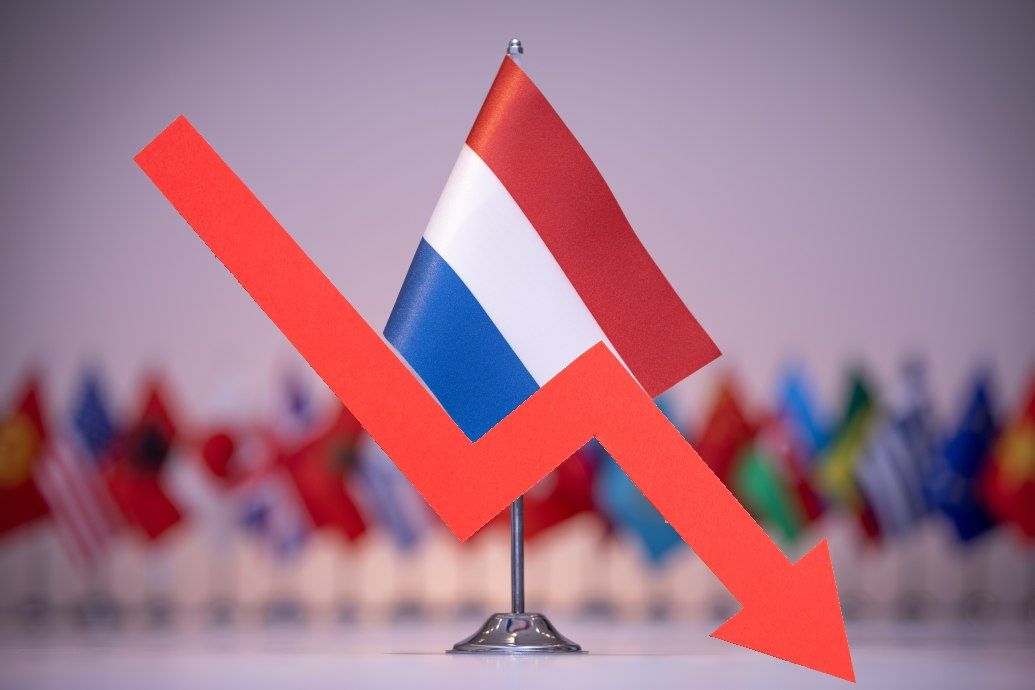
CPB mapped out the effects of two scenarios: import tariffs by the US alone, as announced on April 2 (and later postponed), and a scenario in which the countries imposed retaliatory tariffs at the same rate. The study looked at both short-term and long-term economic impacts.
In addition to their direct and indirect effects on trade, import tariffs also lead to increased uncertainty in the economy. This has a negative impact on investment and can also trigger instability in financial markets. Following Trump’s announcement, the value of the US dollar fell. A drop in the dollar exchange rate means that the Netherlands pays less for imports from the US in both scenarios, including commodities such as oil. This lowers inflation.
In the second scenario, the European Union hits back with tariffs on goods imported from the US. While these levies increase Dutch import prices, their effect on inflation is also limited. This scenario does not take into account further increases in uncertainty. In an unsettled economy, the consequences of hitting back will be greater.
The impact on the GDP of the Netherlands will be smaller in the long term than in the short term. This is because businesses have more time to adapt and find alternative outlets. The ultimate impact will differ per economic sector. In the longer term, manufacturing will continue to suffer from its diminished competitive position in relation to the US, but service sectors may actually benefit.
Fibre2Fashion News Desk (RR)